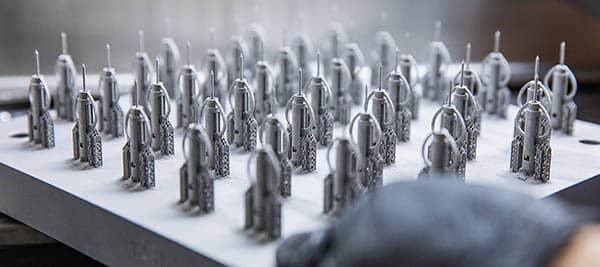Rapid prototyping can be used to create test versions of particular product components so that you can assess their robustness, manufactured, fit, and usefulness. At the early stages of product development, it enables you to identify design faults and take action to fix them. You can be perplexed, though, while deciding which fast prototyping technology and approach is best for your project and the variety of rapid prototyping technologies that are currently accessible. You will learn why you require rapid prototyping services in this essay.
Cheaper and simpler to use
Since the 1980s, 3D printing has been a reality. Yet, at the time, only large corporations could afford it because of its high price and heavy gear. Nowadays, however, such is not the case. Technology has advanced so quickly that 3D printers are now much more accessible and have a small footprint. Many computer specialists have 3D printers in their homes since purchasing one has become so convenient. For a business, 3D printers provide a wide range of features to accommodate various product requirements, including beauty, intricacy, and mechanics. The rapid prototyping services can choose the 3D printer that is best for your company and begin rapid prototyping immediately. Moreover, 3D printing may be done by following straightforward instructions, in contrast to CNC machines that require specialized knowledge to run them. Using 3D printers is simple if you have some CAD and product design experience.

metal 3D printing parts*
Enhances manufacturing efficiency:
Prototyping is a crucial step in product design, yet it gets also viewed as a bottleneck. Coming up with a new product idea and seeing it through to completion takes a lot of time and work. Most of the time spent throughout the design process gets spent working on the minor details and graphics for your product. It significantly reduces the time needed for the product redesign and prototype phases. Also, perfecting your product early on will hasten the ultimate manufacturing process.
Spend less time creating documentation:
Prototypes can help developers comprehend how things function. Even when engineering requires documentation for certain user flows or interactions, designers create less description language for a prototype than for a set of wireframes.
Encourages experimentation:
Rapid prototyping allows teams to test out numerous concepts and techniques. The simplest way to get people interested in a subject is to present information that encourages conversation using images. It leads to speedier and better design.
Faster product concept implementation:
Rapid prototyping technologies facilitate the creation of visual signals and regularly streamline the process of developing new product concepts. Finding and copying new ideas is made simple by having a trustworthy 3D model in front of you. A rapid prototyping service can work on your product incrementally, making changes after producing the prototype until you are happy with the final product. Sharing a great idea is far preferable to sharing the status of your product development with your coworkers, project partners, and potential investors. Before putting your product on the assembly line, rapid prototyping enables you to identify possible improvements.
Reference
*Image from https://www.protolabs.com/
